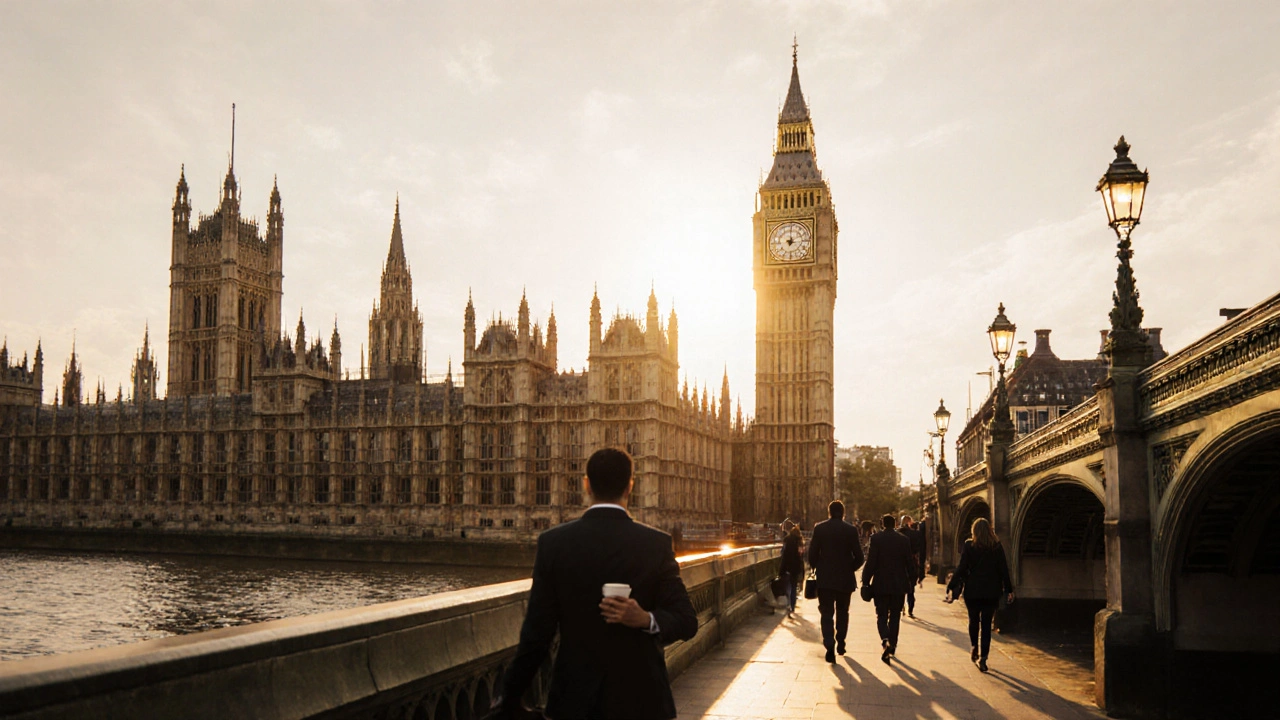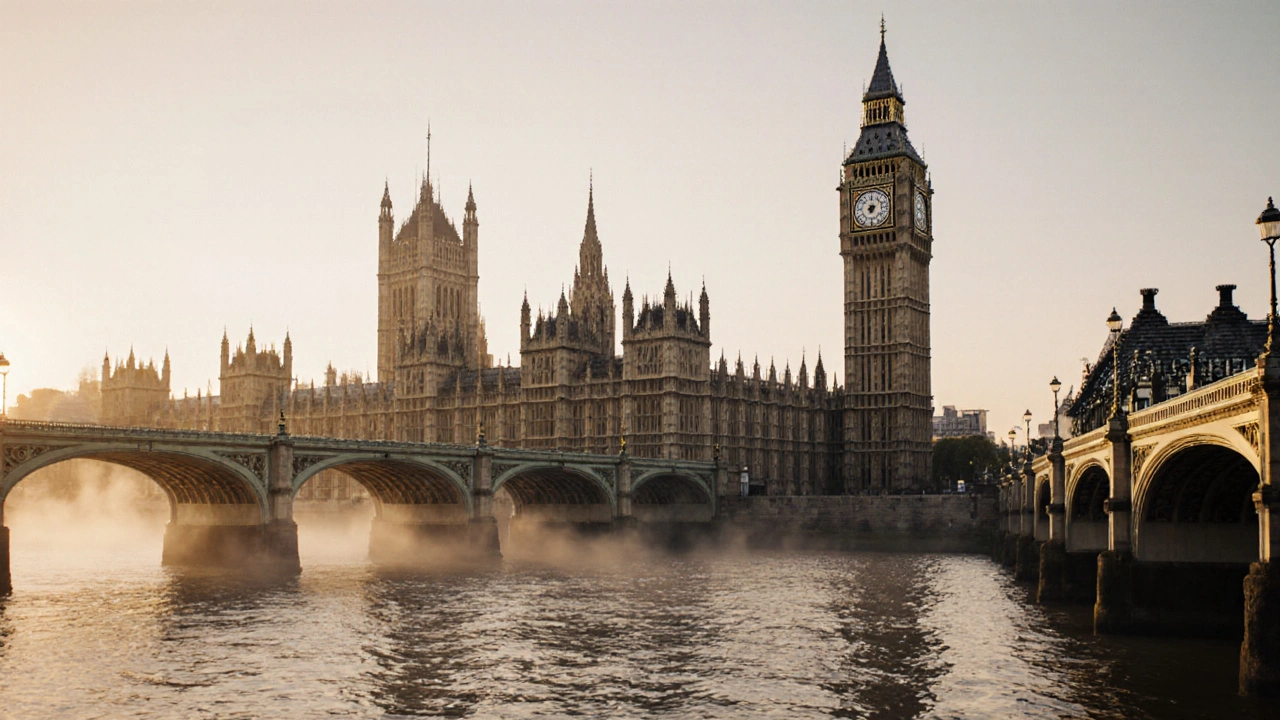A Day in the Life of Big Ben: Behind the Scenes of London’s Most Iconic Clock
Discover the hidden rhythm behind Big Ben, London’s iconic clock tower. From pennies on the pendulum to midnight chimes, this is how the city’s most trusted timepiece keeps time-every single day.
View More
